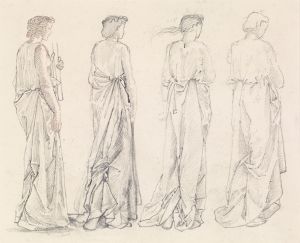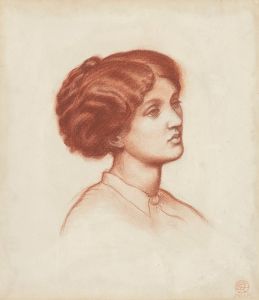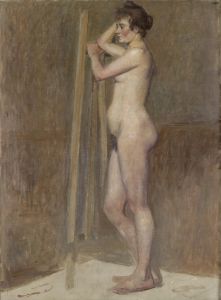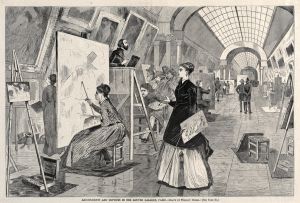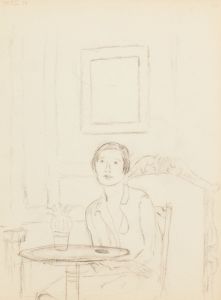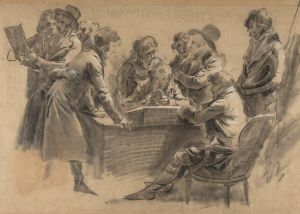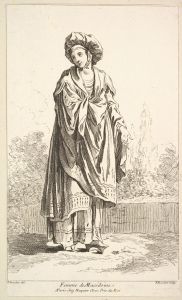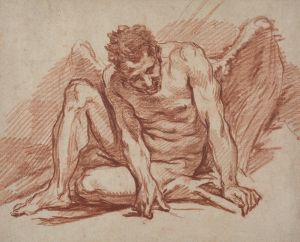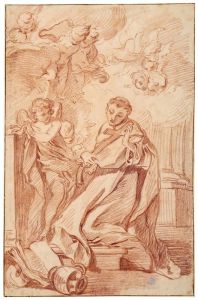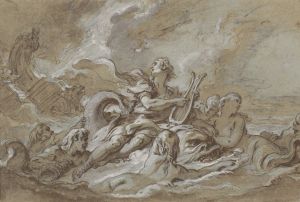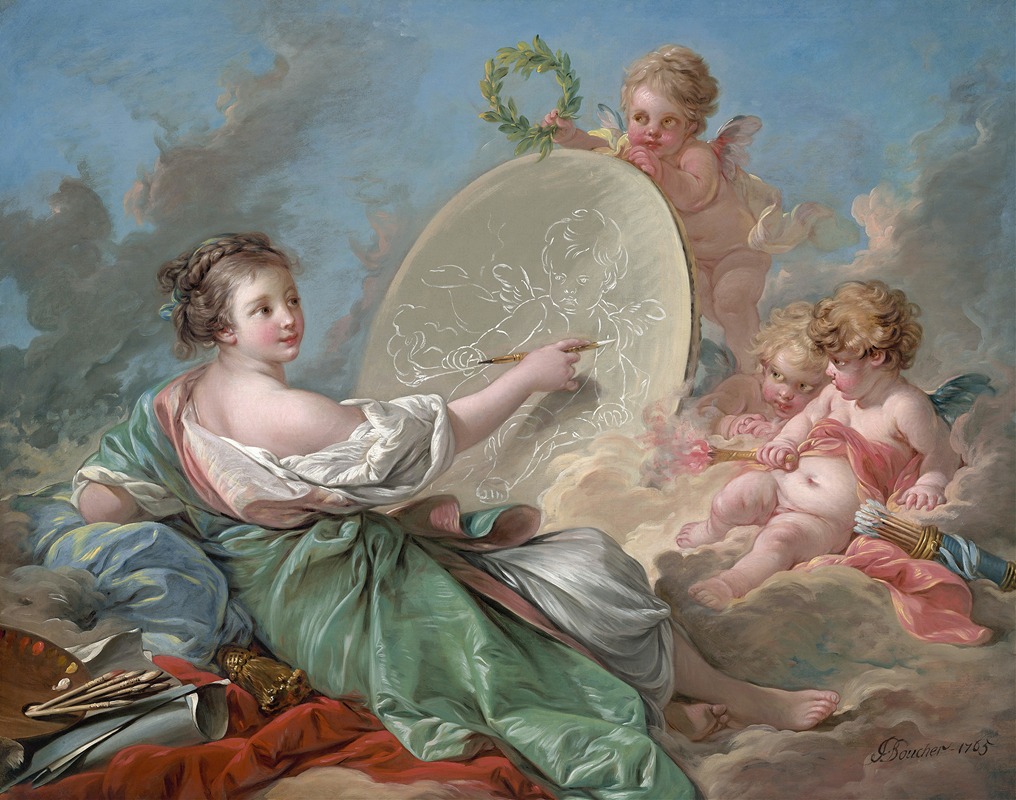
Allegory of Painting
A hand-painted replica of François Boucher’s masterpiece Allegory of Painting, meticulously crafted by professional artists to capture the true essence of the original. Each piece is created with museum-quality canvas and rare mineral pigments, carefully painted by experienced artists with delicate brushstrokes and rich, layered colors to perfectly recreate the texture of the original artwork. Unlike machine-printed reproductions, this hand-painted version brings the painting to life, infused with the artist’s emotions and skill in every stroke. Whether for personal collection or home decoration, it instantly elevates the artistic atmosphere of any space.
"Allegory of Painting" is a notable work by François Boucher, a prominent French painter of the Rococo style. Boucher was born in Paris on September 29, 1703, and became one of the most celebrated artists of his time, known for his idyllic and voluptuous paintings that epitomized the Rococo love of lightness, elegance, and exuberant detail.
The painting "Allegory of Painting" was created in 1765. This work is a prime example of Boucher's skill in combining classical themes with the playful and ornate style characteristic of the Rococo period. The painting depicts an allegorical representation of painting itself, personified by a female figure. She is often shown with attributes associated with the art of painting, such as a palette, brushes, and a canvas.
In "Allegory of Painting," Boucher employs a soft color palette dominated by pastel hues, which was typical of his work. The composition is dynamic, with flowing lines and a sense of movement that guides the viewer's eye across the canvas. The central figure is often surrounded by cherubs or putti, which are small, chubby, winged children that add a playful and whimsical element to the scene.
Boucher's technique is evident in the delicate rendering of textures, such as the softness of the figure's skin, the intricate details of her garments, and the lushness of the surrounding environment. The use of light and shadow in the painting enhances the three-dimensionality of the forms and contributes to the overall sense of harmony and grace.
François Boucher's work was highly influential during his lifetime, and he enjoyed the patronage of Madame de Pompadour, the official chief mistress of King Louis XV. His paintings, including "Allegory of Painting," were admired for their beauty and technical mastery, and they played a significant role in defining the aesthetic of the Rococo period.
"Allegory of Painting" reflects Boucher's ability to blend mythological and allegorical themes with the decorative and light-hearted spirit of the Rococo. The painting not only serves as a celebration of the art of painting but also as a testament to Boucher's enduring legacy as one of the foremost artists of 18th-century France.
Today, Boucher's works, including "Allegory of Painting," can be found in major museums and collections around the world, where they continue to be appreciated for their artistic merit and historical significance.





